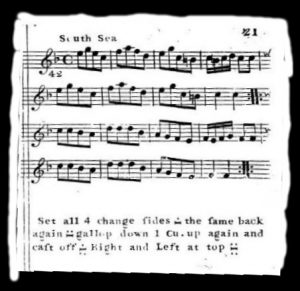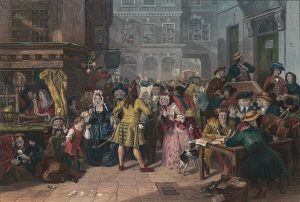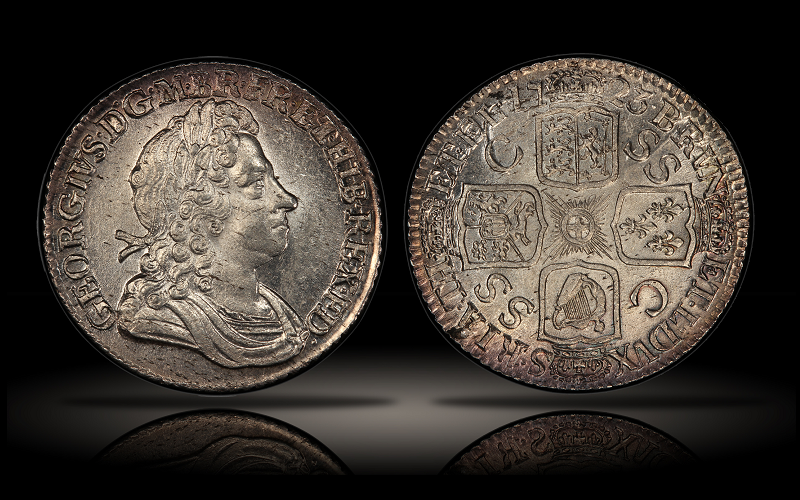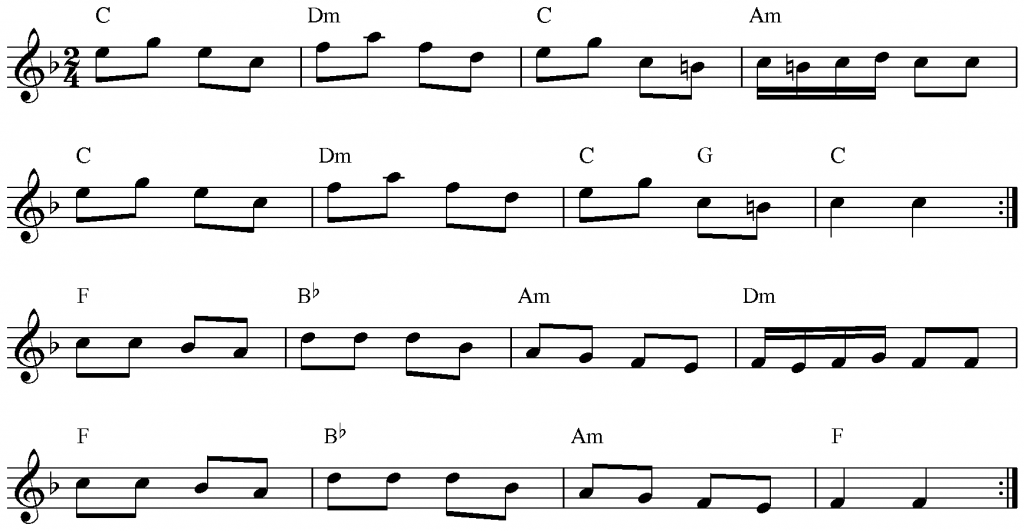Remarkable Occurrences In The South Seas.1
![1773 portrait of Joseph Banks by Benjamin West. Usher Art Gallery [Public domain] https://commons.wikimedia.org/wiki/File:Joseph_Banks_West.jpg](/cms/wp-content/uploads/2019/08/Joseph_Banks_West.jpg)
This portrait of Joseph Banks in 1773 shows him surrounded by artefacts collected in the South Seas. Banks was the scientist who accompanied Cook on the Endeavour and helped to gather a large amount of zoological, botanical and ethnological material. Portrait by Benjamin West. Usher Art Gallery [Public domain]
In 1775, the idea arose of developing a South Seas collection in the British Museum as a major exhibition of the items gathered on Cook’s voyages of discovery 3. The British Museum had only opened in 1753 and was the first public museum in the world; its South Seas Room proved enormously popular and remained a leading attraction far into the nineteenth century 4.
This lively curiosity was reflected in the fashionable dances of the day. The South Sea was published in Straight and Skillern’s Collection of Two Hundred & Four Favourite Country Dances for 1775. Other dances à la mode that year included Transit of Venus, and Island of Love 5.

Music and instructions for South Seas from A Collection of Two Hundred & Four Favourite Country Dances for 1775, Straight and Skillern (1774)
The title South Sea had been given to a dance published in 1726 – also inspired by voyages to the Pacific. William Dampier’s A New Voyage Round the World (1697) and A Voyage to New Holland (1703) with tales of foreign lands and far-off oceans, became best sellers and inspired Jonathon Swift to write Gulliver’s Travels, and Daniel Defoe, the story of Robinson Crusoe 6. A number of accounts of Dampier’s voyages in the Pacific were published in the early 1700s prompting the creation of the dances Dampier (1718), South Sea, South Sea Ladies, and Batavia (1726) 7.

This depiction shows the intense excitement generated by South Sea Company in 1720. Painting by Edward Mathew Ward. Courtesy of Tate Gallery.
These travel journals also stimulated an attraction for the commercial possibilities of developing trade in the South Sea 8. This lead to the foundation of the speculative South Sea Company, which hoped to establish a lucrative trading empire. However, shareholders’ expectations rapidly became over-heated leading to unrealistic valuations of shares. Inevitably this lead to a financial collapse, known as the South Sea Bubble, which ruined large numbers of investors. The company eventually became viable and one of the tangible outcomes was the production of a series of coins – crowns, half-crowns, shillings, and sixpences, minted from Indonesian silver.
James Cook now enters the story: as a young apprentice in Sanderson’s grocery shop in Staithes, a customer pays with a South Sea Company shilling. Cook is so captivated by the coin that he takes it from the till, replacing it with a standard coin from his own pocket 9. (Collingridge, 2003).
![Staithes, by Thorpe, Thomas, and Jordison, John. Dedicated to the Right Honorable the Earl of Zetland / Sketched by Tho[ma]s Thorpe, Drawn on Stone by John Jordison (1840).](/cms/wp-content/uploads/2019/08/Staithes_Thorpe-1024x757.jpg)
The village of Staithes where James was engaged as an apprentice grocer in 1745. It was here he saw the South Sea shilling which allegedly excited his desire to voyage the high seas. Dixson Library, State Library of New South Wales
Although the accuracy of this story is now thought to be questionable, perhaps there is an element of truth – maybe a South Sea coin did enthrall the young James Cook and spark his the zeal for adventure in the vast unknown seas.
Music by Phillip’s Dog: Roland Clarke (violin)
South Sea
Straight and Skillern’s
A Collection of Two Hundred & Four Favourite Country Dances for 1775
Country dance: Duple minor longways.
| A1 | 1-4 | All set twice to partner |
| 5-6 | Change places with partner, passing right shoulder | |
| 7-8 | Loop right into partner’s place | |
| A1 | 1-4 | All set twice to partner |
| 5-6 | Change places with partner, passing right shoulder | |
| 7-8 | Loop right into partner’s place | |
| B1 | 1-8 | 1st couple lead down the middle and back, cast into 2nd place, 2nd couple move up |
| B2 | 1-8 | Four changes of a circular hey. |
References
1 A chapter heading from Cook’s Journal.
Cook, J., & Wharton, W. J. L. (1893). Captain Cooks journal during his first voyage round the world made in H. M. Bark Endeavour; 1768-71 : a literal transcription of the original mss. London: Elliot Stock.
2 Hetherington, M. (2009). Discovering Cook’s Collections: UNSW Press.
3 Smith, C. T. (2011). William Dampier and James Cook: Two windows into the British enlightened exploration of the cultures and societies of the pacific.
4 Thomas, S. (2013). The Spectre of Empire in the British Art Museum. Museum History Journal, 6(1), 105-121. doi:10.1179/1936981612Z.0000000007
5 Keller, R. M. (2006). Dance Figures Index: English Country Dances, 1650-1833. from The Colonial Music Institute https://www.cdss.org/elibrary/DFIE/Index.htm
6 Bach, J. (1966). Dampier, William (1651–1715) Australian Dictionary of Biography. Canberra, ACT: National Centre of Biography, Australian National University.
7 Keller, R. M. (2006). Dance Figures Index: English Country Dances, 1650-1833. from The Colonial Music Institute https://www.cdss.org/elibrary/DFIE/Index.htm
8 Dampier, W., & Spencer, J. (2006). A voyage to New Holland : the English voyage of discovery to the South Seas in 1699 (New ed). Stroud, Gloucestershire: Nonsuch.
9 Collingridge, V. (2003). Captain Cook Obsession and Betrayal in the New World. Great Britain: Ebury Press.
______________________________________________________________
This resource was created on the lands of the Gubbi Gubbi people.
We pay our respects to their elders past and present.
Sovereignty was never ceded.
______________________________________________________________
Header credits:
1. Portrait of Captain Cook by Nathaniel Dance-Holland [Public domain]
2. A jig on board by Cruikshank. Courtesy of The Lewis Walpole Library, Yale University
3. View of the South Seas by John Cleveley the Younger [Public domain]
______________________________________________________________
The information on this website www.historicaldance.au may be copied for personal use only, and must be acknowledged as from this website. It may not be reproduced for publication without prior permission from Dr Heather Blasdale Clarke.




